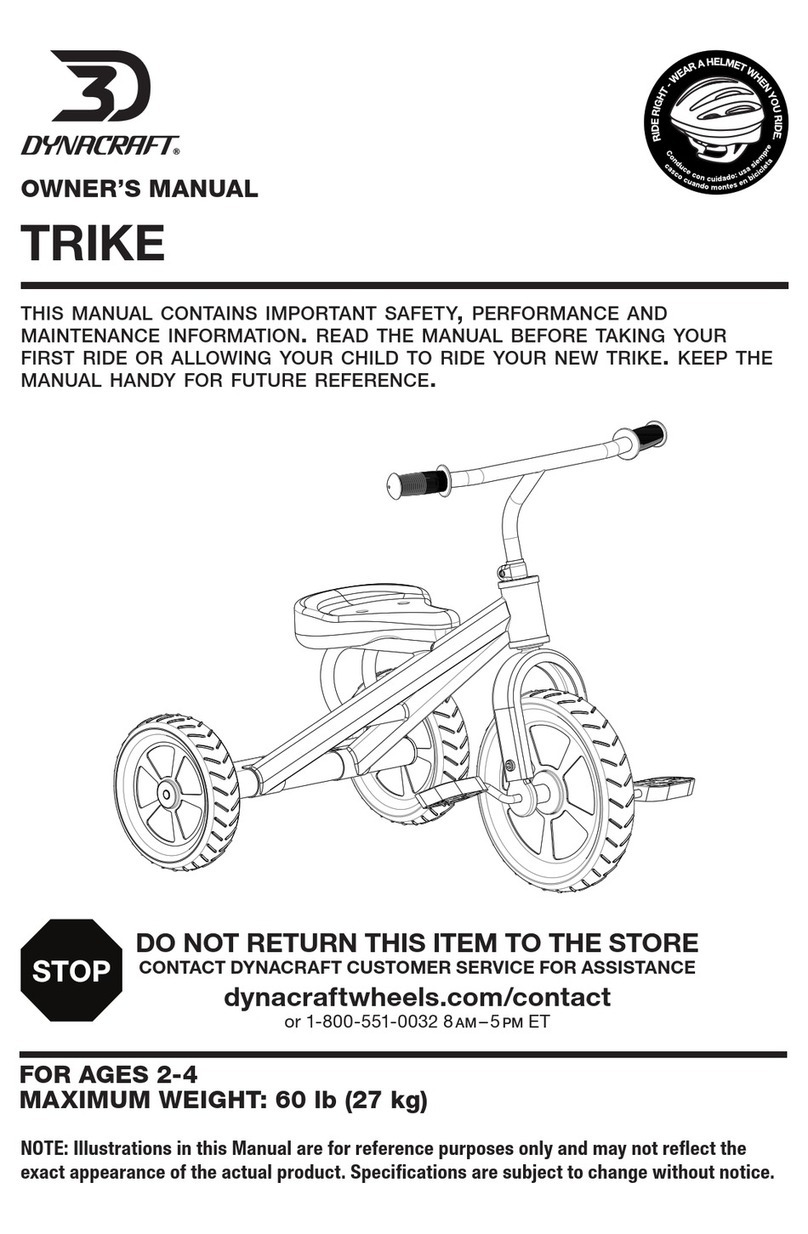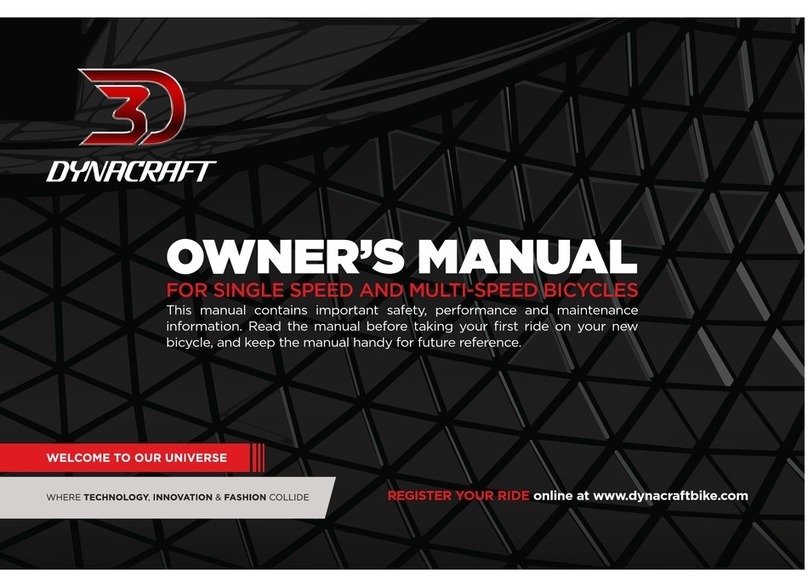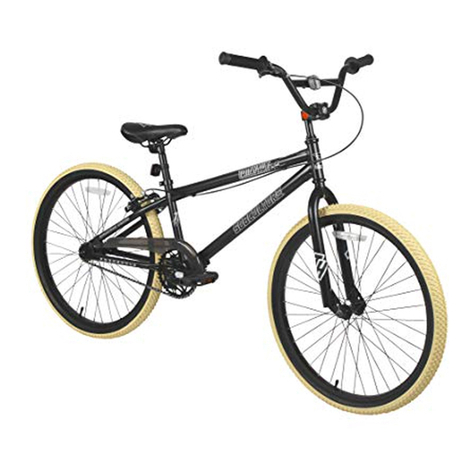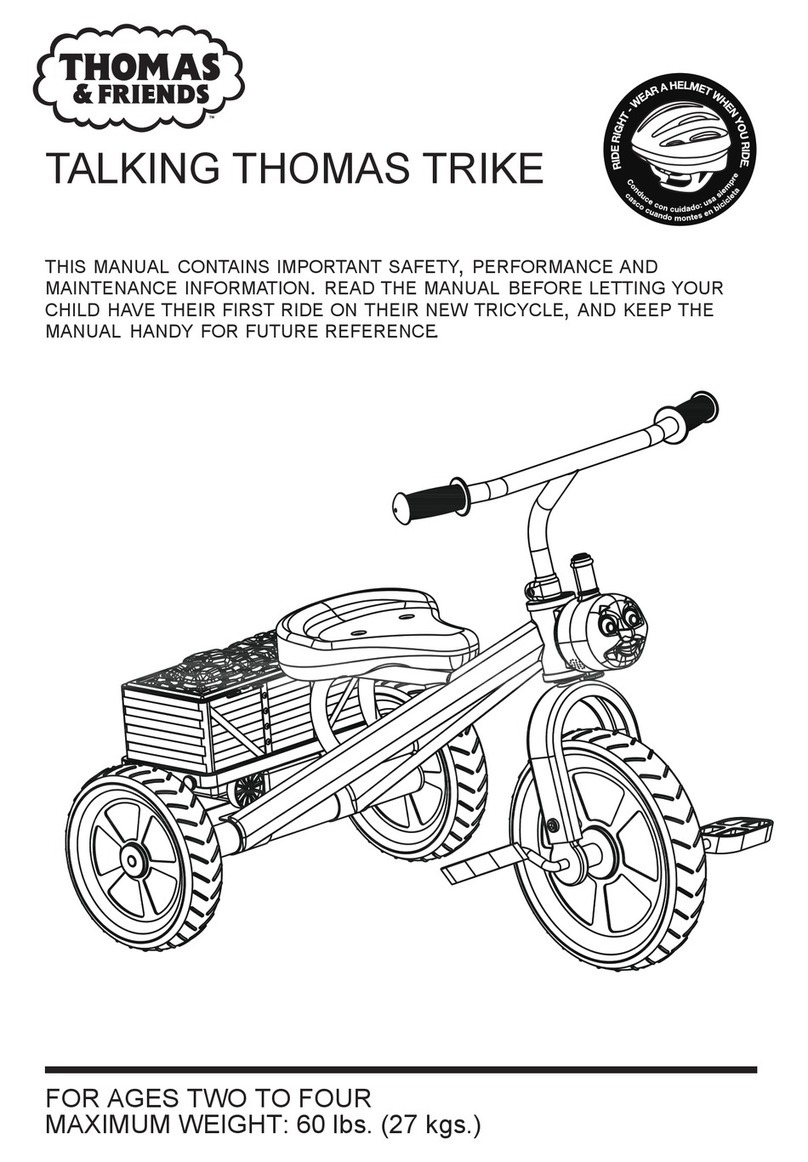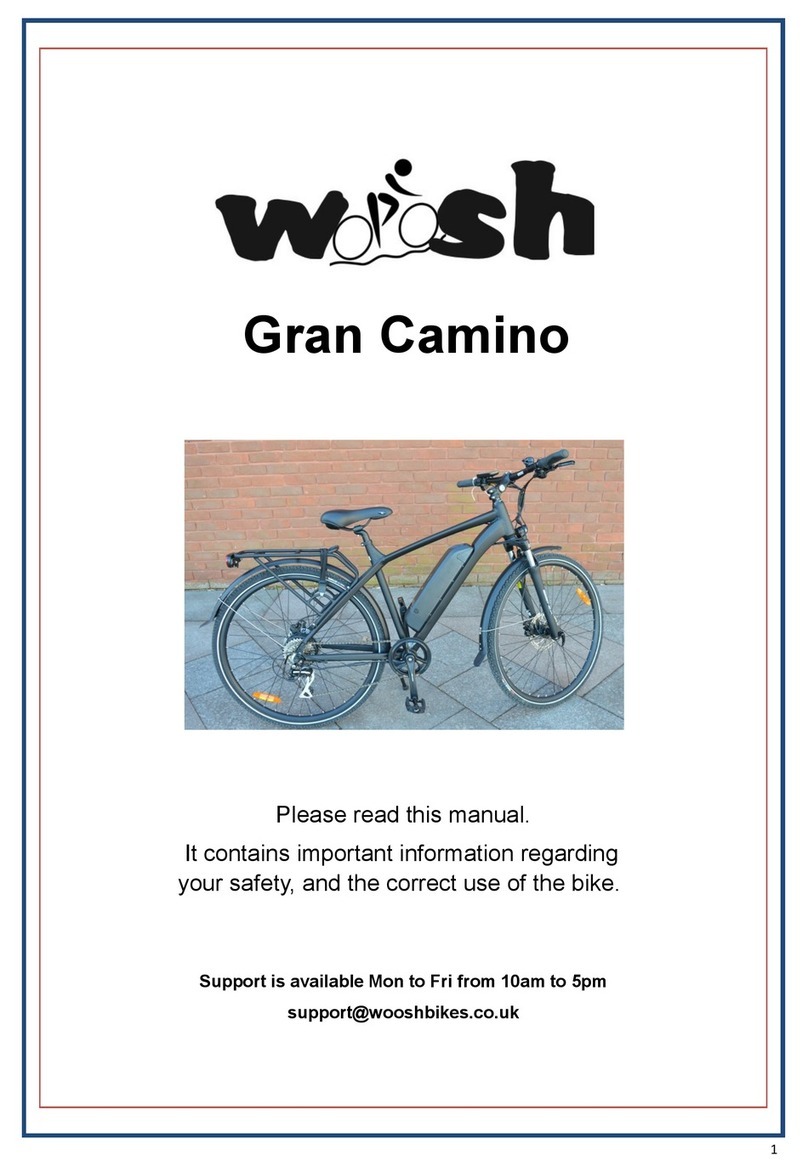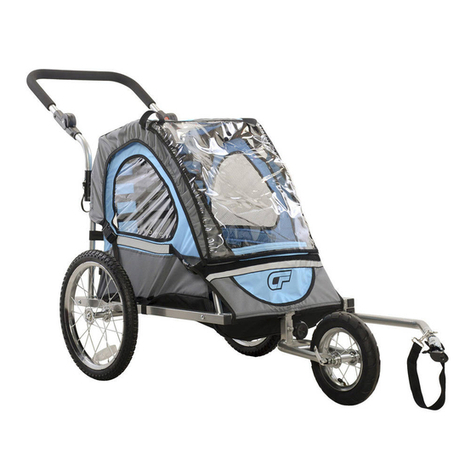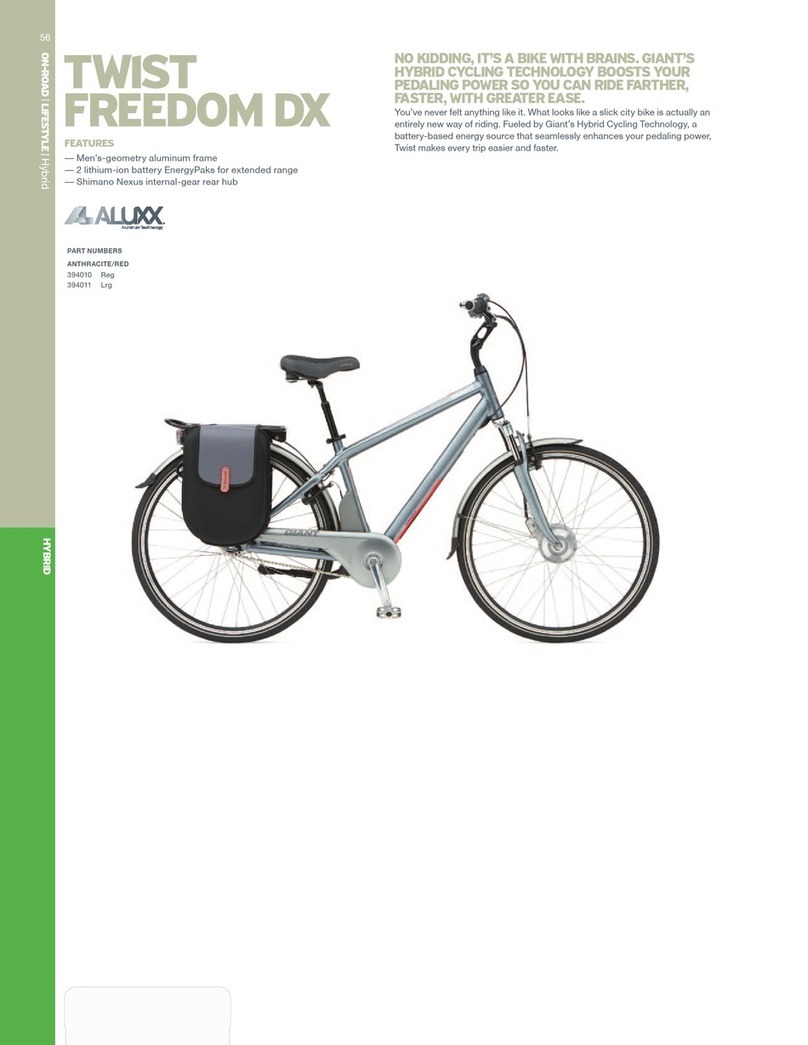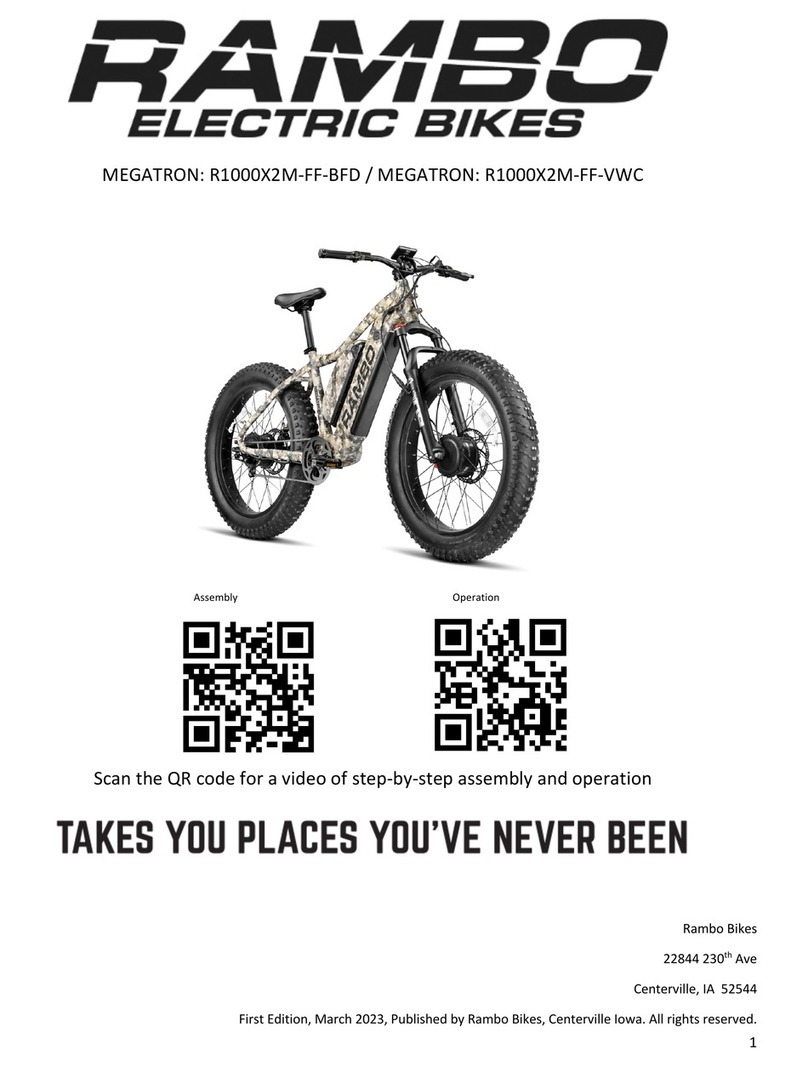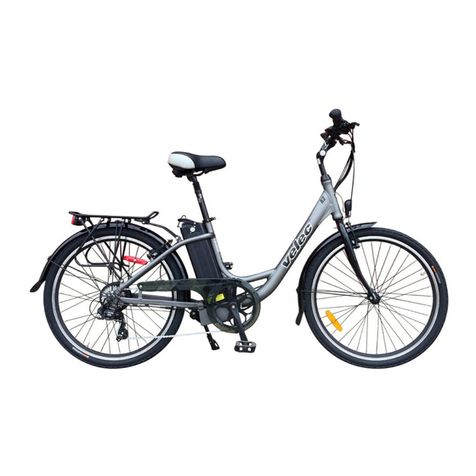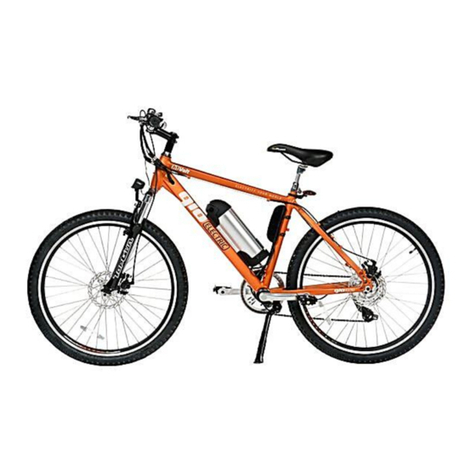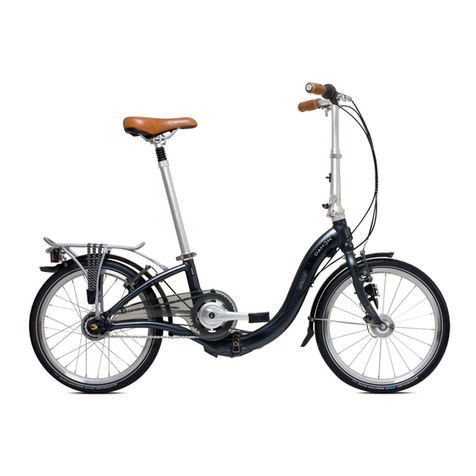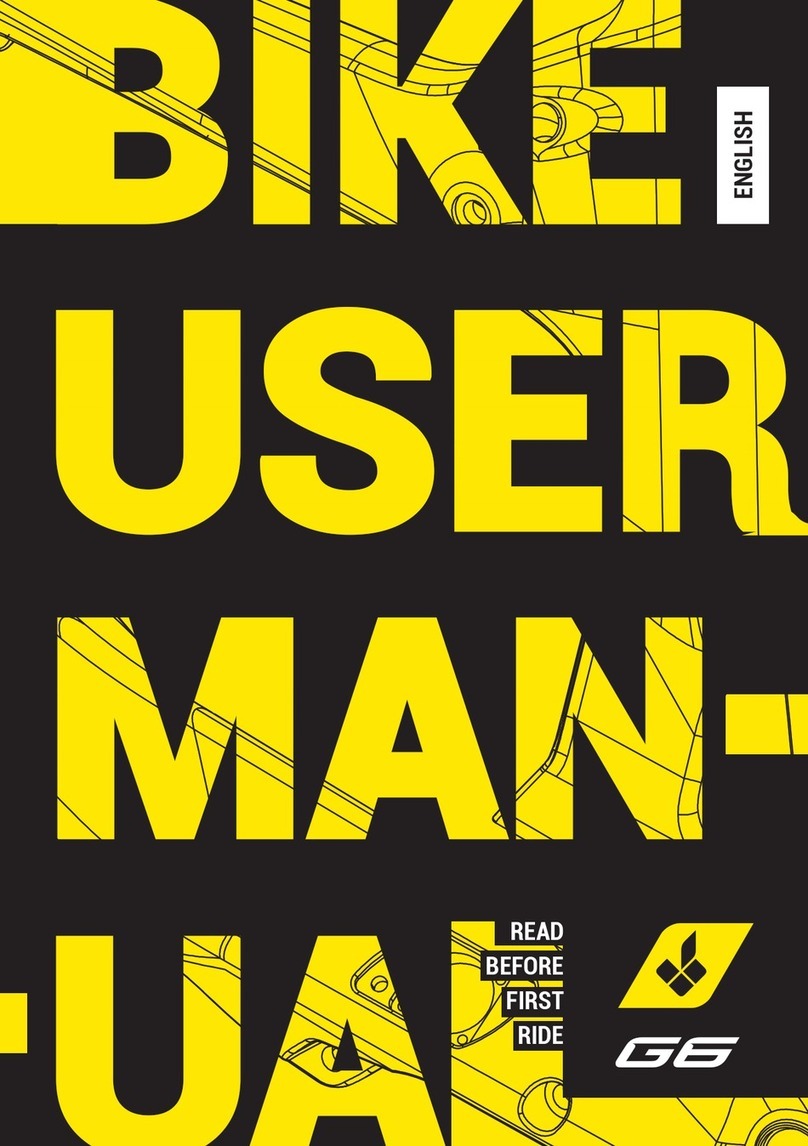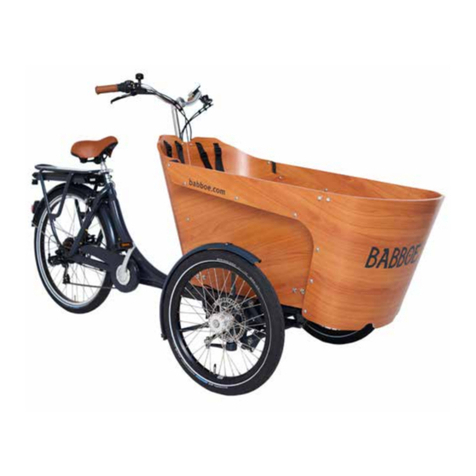2
INTRODUCTION
ABOUT THIS MANUAL
This manual was written to help you get the most performance, comfort,
enjoyment and safety when your child is riding his or her new Balance Cycle.
It is important for you to understand your child’s new Balance Cycle, how your
child should use it and what you need to do to keep your child safe.
GENERAL WARNING
Cycling can be a hazardous activity even under the best of circumstances.
Proper maintenance of your child’s new Balance Cycle is your responsibility
as it helps reduce the risk of injury. This manual contains many “WARNINGS”
concerning the consequences of failure to maintain or inspect your child’s
new Balance Cycle. Many of the warnings could say, “your child may lose
control and fall.” Because any fall can result in serious injury or even death,
we do not repeat the warning of possible injury or death whenever the risk of
falling leads to a “WARNING”. NOTE: The illustrations in this manual are used
simply to provide examples; the components of your child’s new Balance
Cycle might differ. In addition, some of the parts shown might be optional and
not part of your child’s new Cycle’s standard equipment. The following manual
is only a guide to assist you.
A SPECIAL NOTE FOR PARENTS
Your child’s new Balance Cycle is distributed by Dynacraft BSC, Inc. and is
intended for riding on flat surfaces and easy slopes. Uses such as aggressive
off-road riding, downhill riding, jumping, tricks, stunting and other extreme
uses are not recommended and if you allow your child to do such things with
this Balance Cycle you must assume sole responsibility for any harm to your
child that may result. It is a tragic fact that cycling accidents involve children.
As a parent or guardian, you bear the responsibility for the activities and safety
of your minor child. Among these responsibilities are to make sure that your
child’s new Balance Cycle which your child is riding is properly fitted to the
child; that it is in good repair and safe operating condition; that you and your
child have gone over the use, operation and safety section of this manual; that
you and your child have learned, and understand what to do and what not to
do with your child’s new Cycle, and the common sense rules of gravity, safe
speed and courteous cycling.
